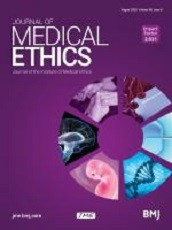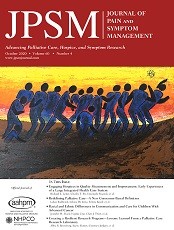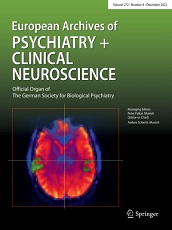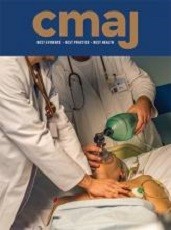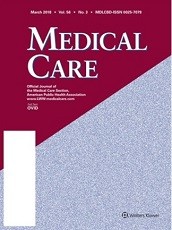Catherine Constable
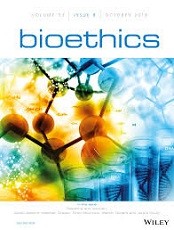
Abstract
In the United States, the decision of whether to withdraw or continue to provide artificial nutrition and hydration (ANH) for patients in a permanent vegetative state (PVS) is placed largely in the hands of surrogate decision‐makers, such as spouses and immediate family members. This practice would seem to be consistent with a strong national emphasis on autonomy and patient‐centered healthcare. When there is ambiguity as to the patient’s advanced wishes, the presumption has been that decisions should weigh in favor of maintaining life, and therefore, that it is the withdrawal rather than the continuation of ANH that requires particular justification. I will argue that this default position should be reversed. Instead, I will argue that the burden of justification lies with those who would continue artificial nutrition and hydration (ANH), and in the absence of knowledge as to the patient’s advanced wishes, it is better to discontinue ANH. In particular, I will argue that among patients in PVS, there is not a compelling interest in being kept alive; that in general, we commit a worse violation of autonomy by continuing ANH when the patient’s wishes are unknown; and that more likely than not, the maintenance of ANH as a bridge to a theoretical future time of recovery goes against the best interests of the patient.
Constable, C. (2012), Withdrawal of Artificial Nutrition and Hydration for Patiens in a Permanent Vegetative State: Changing Tack. Bioethics, 26: 157–163
